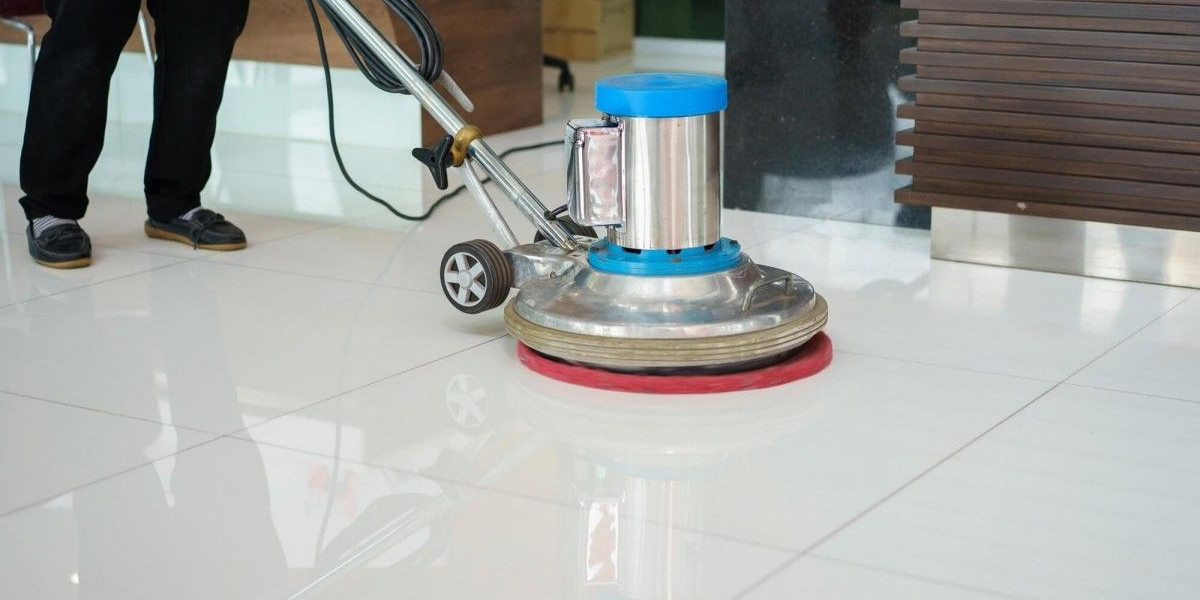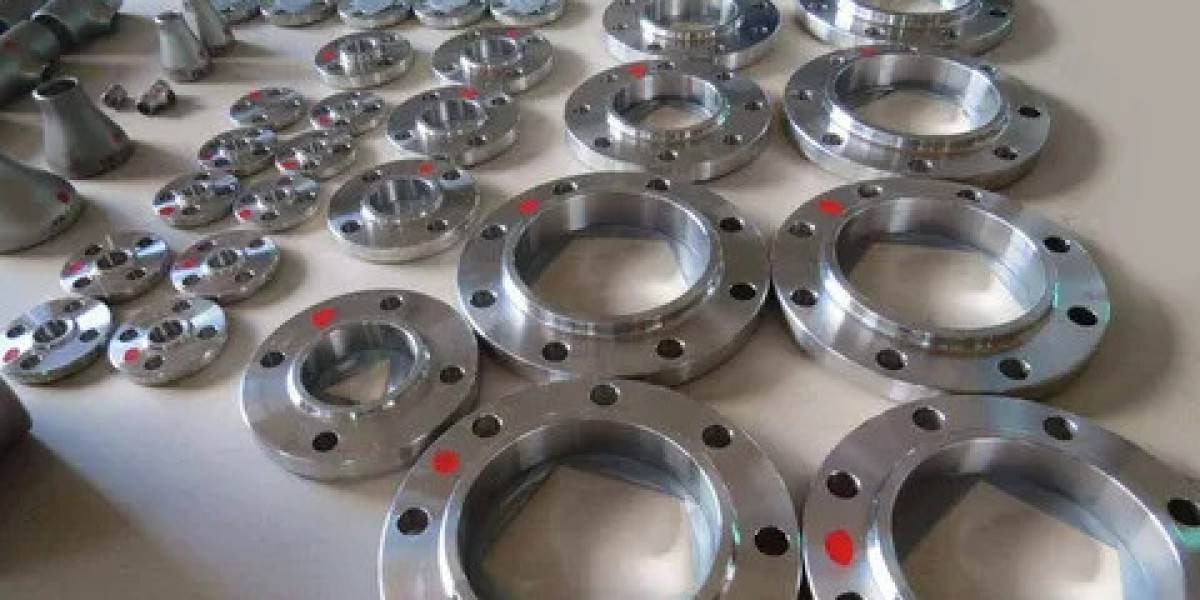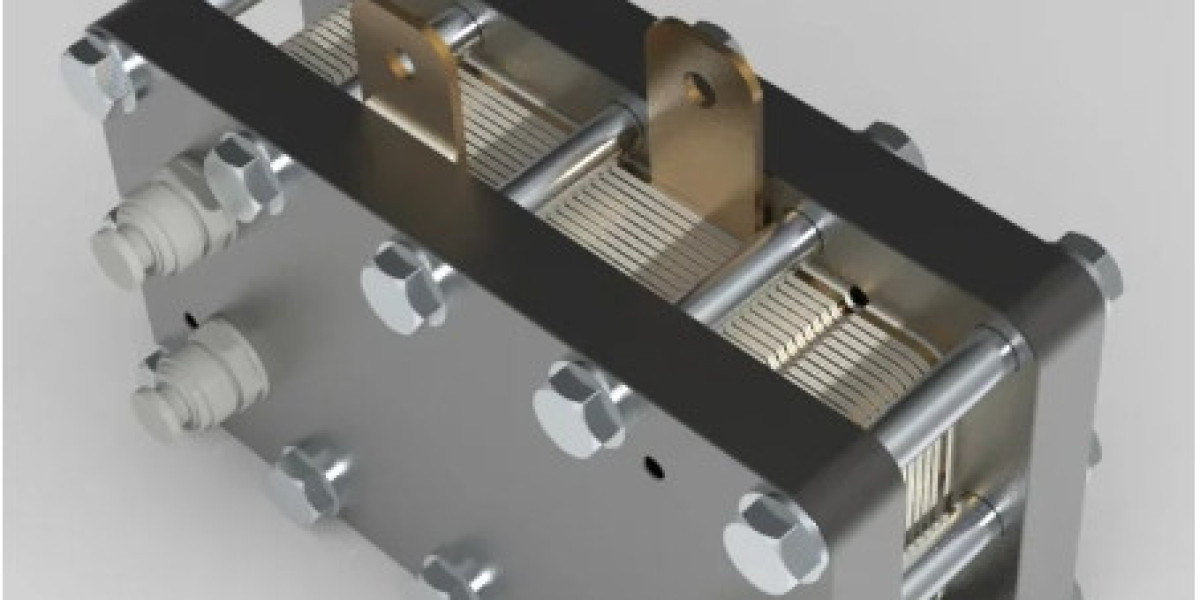Marble has long been revered for its timeless beauty and luxurious appeal in architecture and interior design. From elegant floors to stunning countertops and intricate sculptures, marble surfaces add sophistication and charm to any space. However, over time, these surfaces can lose their luster and develop wear and tear due to foot traffic, spills, and improper maintenance. This is where marble polishing services come into play, offering a rejuvenating solution to restore marble's natural beauty and durability.
Understanding Marble Polishing
What is Marble Polishing?
Marble polishing is a specialized process aimed at enhancing the surface of marble by removing scratches, stains, and dull spots. It involves grinding down the surface with progressively finer abrasives to achieve a smooth, reflective finish. This process not only restores the aesthetic appeal of marble but also improves its resistance to moisture and stains.
Importance of Professional Marble Polishing Services
While DIY methods may seem cost-effective, professional marble polishing services are crucial for achieving optimal results. Trained technicians have the expertise, equipment, and specialized products to effectively treat different types of marble and address specific issues like etching and discoloration. They ensure thorough cleaning, repair of minor damages, and application of protective sealants to prolong the marble's lifespan.
Process of Marble Polishing
Step-by-Step Guide
Surface Preparation: The marble surface is thoroughly cleaned to remove dirt, dust, and debris. This step is essential to prevent contaminants from interfering with the polishing process.
Grinding and Honing: Technicians use diamond abrasives to grind away imperfections and level uneven surfaces. Honing follows, using progressively finer grits to achieve a smooth, matte finish.
Polishing: This step involves the application of polishing powders or compounds to bring out the marble's natural shine. High-speed buffing machines are used to create a glossy, reflective surface.
Sealing: Once polished, a quality sealant is applied to protect the marble from stains and moisture infiltration. Sealants also enhance the marble's color and provide a barrier against daily wear and tear.
Types of Marble Finishes
Popular Choices
Polished Finish: Known for its high-gloss shine, a polished marble finish reflects light beautifully, making it ideal for floors, countertops, and decorative accents.
Honed Finish: This matte finish offers a smooth texture with minimal reflection. It is preferred for areas where slip resistance is a priority, such as bathroom floors and shower walls.
Brushed Finish: Achieved by brushing the marble surface with abrasive brushes, this finish showcases a textured, rustic appearance that enhances the stone's natural veining.
Benefits of Marble Polishing
Enhancing Longevity and Beauty
Restoration of Luster: Removes scratches and dullness, revealing the marble's inherent beauty and veining patterns.
Improved Durability: Strengthens the marble surface against abrasion, chemical damage, and moisture penetration, extending its lifespan.
Enhanced Hygiene: Smooth, polished surfaces are easier to clean and maintain, reducing the growth of mold, mildew, and bacteria.
Maintenance Tips for Polished Marble
Preserving the Shine
Regular Cleaning: Use pH-neutral cleaners and soft cloths to wipe down marble surfaces daily.
Avoid Harsh Chemicals: Acidic or abrasive cleaners can etch or damage the polished surface.
Prompt Spill Cleanup: Immediately blot spills to prevent staining, especially on unsealed marble surfaces.
Choosing the Right Marble Polishing Service
Key Considerations
Experience and Expertise: Look for providers with a proven track record in handling marble surfaces and addressing specific customer needs.
Quality of Products: Ensure that the polishing compounds, sealants, and cleaning agents used are suitable for your type of marble.
Customer Reviews and Recommendations: Seek feedback from previous clients to gauge service quality and customer satisfaction levels.
Conclusion
Marble polishing services offer a transformative solution to revive and maintain the elegance of marble surfaces. Whether you're restoring an antique marble floor or maintaining a contemporary marble countertop, professional polishing ensures longevity, durability, and aesthetic appeal. By understanding the process, benefits, and maintenance tips outlined in this guide, you can make informed decisions to preserve the timeless beauty of your marble investments for years to come.
Remember, investing in professional marble polishing services not only enhances the visual appeal of your space but also protects your marble surfaces against daily wear and tear, ensuring they remain a focal point of elegance and sophistication.



